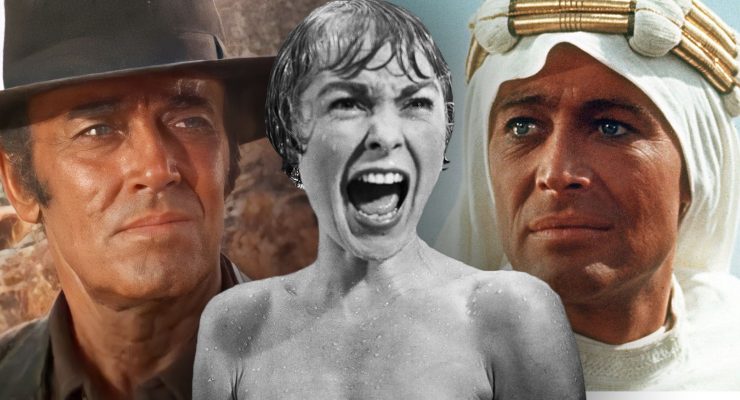Berberian Sound Studio, 2012.
Written and Directed by Peter Strickland.
Starring Toby Jones, Tonia Sotiropoulou, Susanna Cappellaro and Cosimo Fusco.
SYNOPSIS:
A mild-mannered English foley artist is drafted in to the production of a 70s Italian horror movie. Entirely unused to either Italian passions or the horror genre, he struggles to find his place.
Berberian Sound Studio had already garnered excellent reviews by the time I managed to see it. A witty, English sort of film, set in the dark underworld of a foley artist’s studio, had captured many the imaginations of the press, with its eerie and yet grounded feel.
Peter Strickland has made an absolute delight for cinephiles everywhere. He uses seamless cuts, where a door opens in one location and suddenly we find ourselves somewhere else, blurring the differences between Gilderoy’s work and his home life. Such cuts are disorienting, which works well with the spirit of confusion that permeates the latter half of the film.
There’s some excellent comic relief in the relationship between Gilderoy and his mother, who sends him regular and loving letters. Though, my favourite characters in the film were Massimo and Massimo, the two foley artists who at one point obligingly don high heels to create the sound effect of heels on stone. Their symmetry and systematic demolition of watermelons is inexplicably hysterical, and their inclusion in the film definitely saves it from the inescapable depths of introspection.
Interestingly, we see nothing of the film that Gilderoy is helping to create. Strickland said that he didn’t want to comment on the violence used in such films, or subject his audience to the scenes typical in 70s Italian horror, so we experience the film entirely through dialogue and offscreen sound. Which I was glad about, as the film-within-a-film seemed a little too much for me: marrows were smashed for the sound of a woman falling from a top storey to the ground; watermelons were chopped for the sound of someone being slashed and cut to death.
Given the dire nature of the film Gilderoy must create, the audience can sympathise with his disinclination to get stuck in to the task, and his eventual descent into madness. Surrounded by the torture and horror he must endure every day he begins to dream of scenes from the film, and to be haunted by torturous nightmares and visions.
The cast of the film also frequently pop in to the studio, to record their voices over the film. The women have to go over and over their ‘scream’ noises, so the film echoes with these screams, and with the sounds of suspense and crisis. The music that would usually be non-diegetic in a horror film becomes real, and so we are enveloped in a sense of fear despite being able to see where the tense music is emanating from.
The pacing of the movie was a little off to me, and as such Gilderoy’s madness felt very sudden. Gilderoy seems to go to sleep one night, has a terrible dream, and from then on is on some sort of acid trip. I was entirely convinced that any moment he was going to wake up and everything would be normal. Events begin to occur that made it immediately obvious to me that we were not in the real world. This permanent residence in the dream world had me frustrated that no actual progress was being made in the real world narrative. I would have preferred to see his relationships change as he maddened, and to see more deeply into his frustration and inability to cope. Instead, we see fear and then complacence, reticence and then confidence, and I couldn’t pin down where in the narrative Strickland was intending for me to be.
Overall, I think this was an excellent concept, and beautifully executed, with some great slow motion shots of chopping vegetables, and constant frames of darkness. However, it didn’t manage to continue its promising narrative, and instead stalled towards the finale. An artistic though juttering film.
Flickering Myth Rating – Film ★ ★ ★ ★ / Movie ★ ★
Samantha Morrison











